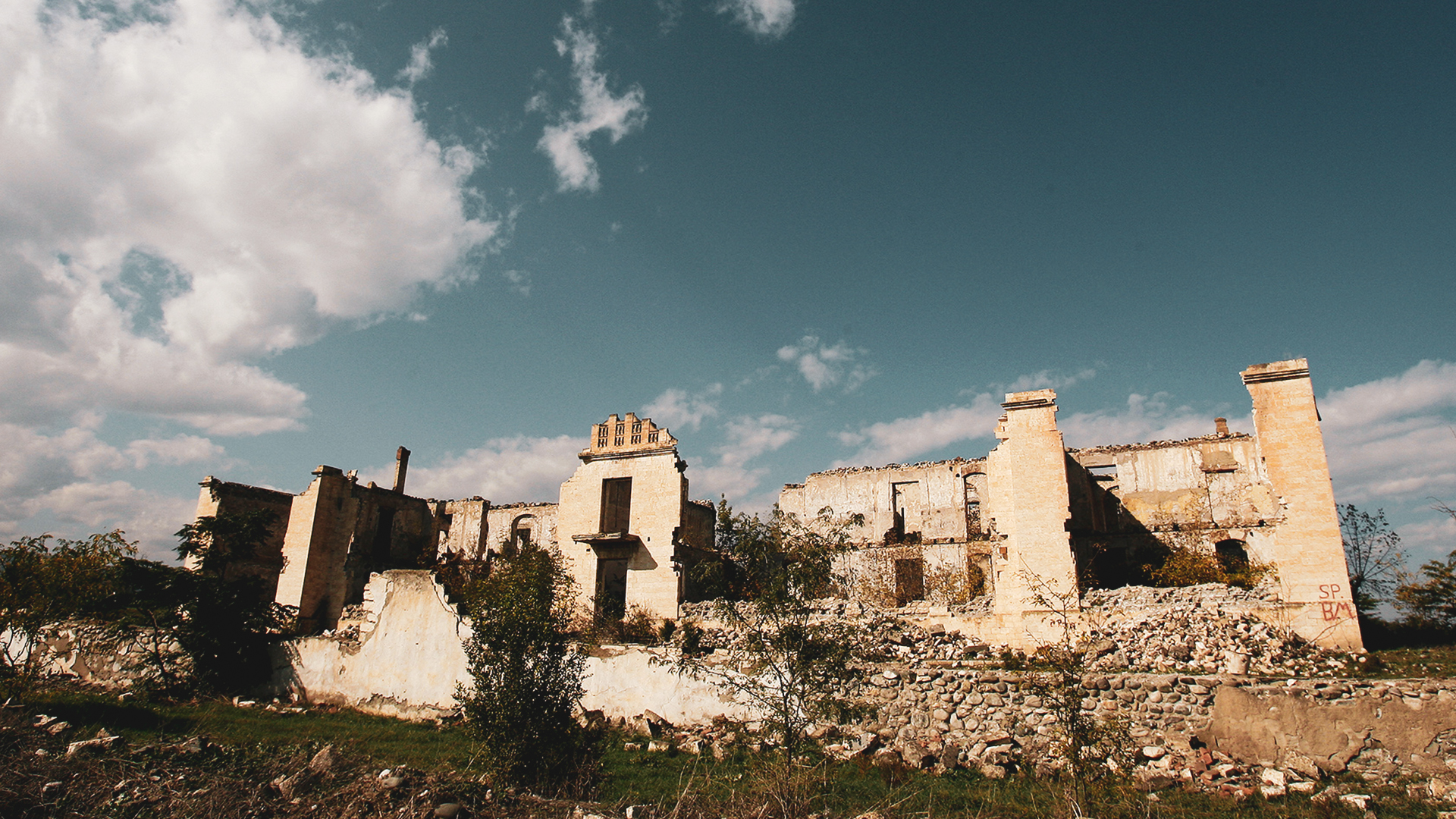
A Brief History Of Nagorno-Karabakh
03.03.2021
Armenia and Azerbaijan each claim a historical and religious connection to the region of Nagorno-Karabakh. The Armenian claim rests on the fact the territory was part of a larger medieval Christian Armenian polity, whose borders far exceeded the boundaries of modern-day Armenia. Azerbaijan also claims a historical connection to the land, arguing the territory was frequently invaded and ruled by Muslim Ottoman Turks throughout the late medieval and early modern period, since the breakup of the Soviet Union.
At first, it was decided that Karabakh would be part of the Armenian Soviet Socialist Republic (S.S.R.). Though historians differ on the reasons, the initial incorporation of Karabakh into Armenia is thought to have been a plan to ensure Armenian support of Soviet rule. But the Soviets’ new Commissar of Nationalities, Joseph Stalin, reversed the decision. In 1923 Nagorno-Karabakh became an autonomous administrative region of the Azerbaijan S.S.R., even though 94 percent of its population at the time was ethnic Armenian.
As the Soviet Union saw increasing tensions in its constituent republics in the 1980s, Nagorno-Karabakh voted to become part of Armenia – sparking a war that stopped with a ceasefire in 1994.
Since then, Nagorno-Karabakh has remained part of Azerbaijan but is controlled by separatist ethnic Armenians backed by the Armenian government. Until recently, negotiations mediated by international powers had failed to deliver a peace agreement.
On 12 July 2020 fighting started again between the Armenian Armed Forces and Azerbaijani Armed Forces. Initial clashes occurred near Movses in Tavush Province of Armenia, and Ağdam in Tovuz District of Azerbaijan at the Armenian–Azerbaijani state border.
Both sides accused each other reigniting the conflict, which erupted near the Ganja gap.
A hastily signed deal between the oil-rich Caspian nation and its impoverished, resource-poor neighbor and longtime enemy, Armenia, put an abrupt end to a six-week-long conflict in 2020.
According to the Russia-brokered truce, Armenian forces will withdraw from the territory they still control within Azerbaijani districts around Nagorno-Karabakh.
Azerbaijan will keep all the areas it recaptured since the conflict flared up on September 27, including Shusha, the region’s second-largest city, known to Armenians as Shushi.
Russian peacekeepers will guard a route linking Armenia and Nagorno-Karabakh.

